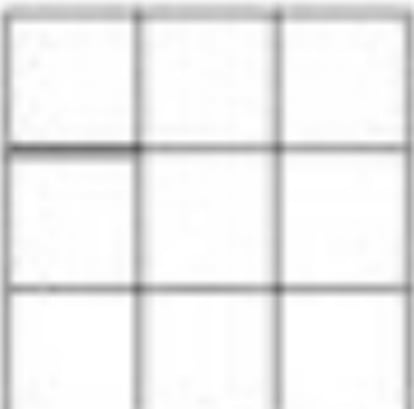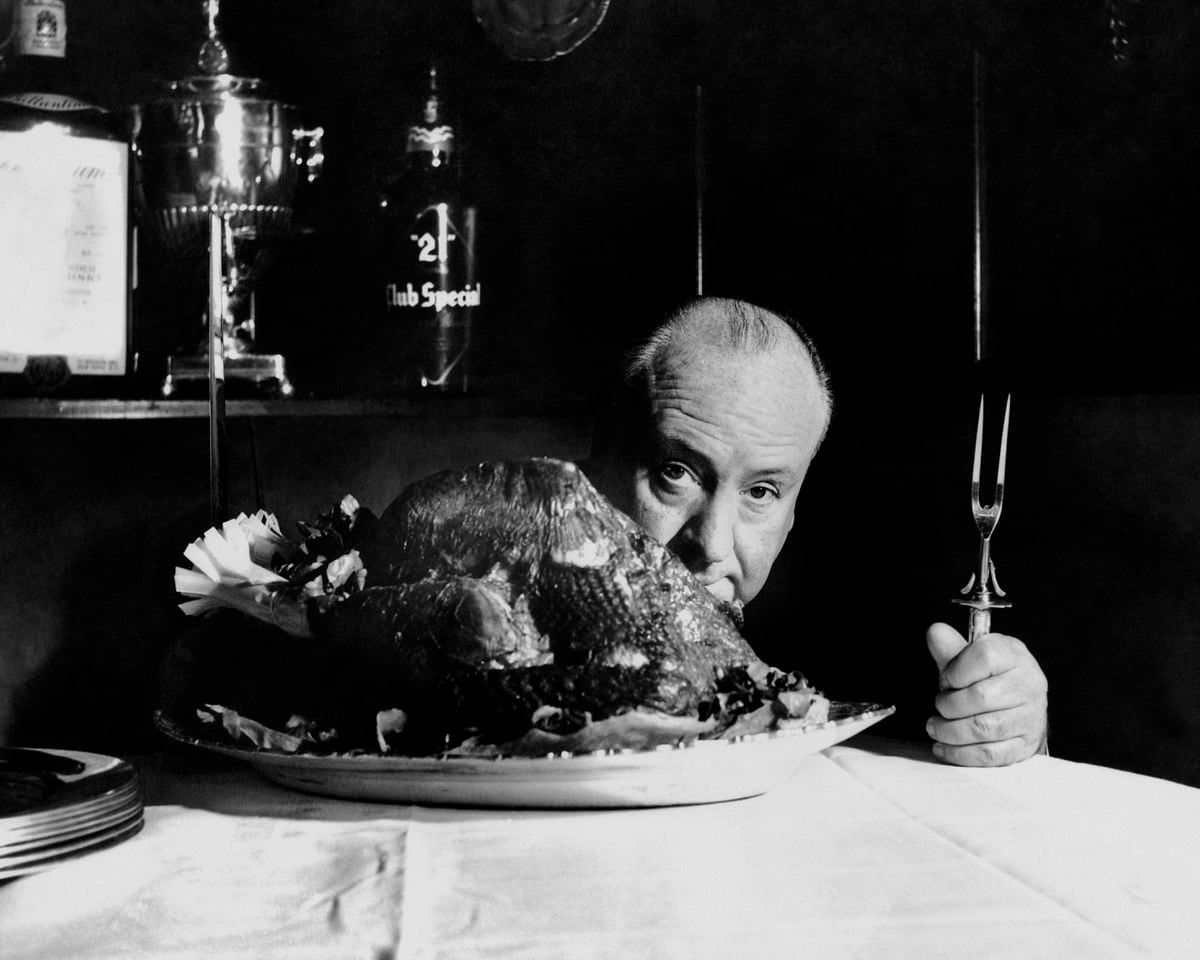The popular squares game seen last week has resulted in a combination – and thus a strategy – that is more complex than its apparent simplicity would suggest. In a 3×3 grid, the first player can select one of the sides of the center square or one of the sides of the edge squares that do not match those of the center square; The first four are interchangeable with each other as well as the other eight, so the first player only has two options. If the first player selects one of the peripheral sides, as in the figure, then the second player can close a small square (located in the upper left corner), but he may want to follow another strategy. I leave to my clever readers/situation analysis, it’s less simple than it seems once you move to a 4×4 or 5×5 grid.

Now let’s imagine that a 3×3 grid is a comic page layout divided, as usual, into 9 panels. The simplest design is one image engravings per panel, that is, 9 equal small engravings on each page; But the panel can occupy 2, 3, 4, 6, or all 9 panels (not 5, 7, or 8, if the panels are rectangular), so the page can be arranged in many different ways. For example, in the image page guards Two small panels attached in succession occupy two upper panels and two lower panels, in one of the various possible combinations. How much exactly?

MacGuffin scammer
And speaking of problems is not what it seems …
Movie-goers know very well what a MacGuffin is: a red herring or at least a misleading, something that seems important to plot development and isn’t. The doctrine goes back to Alfred Hitchcock, and he himself used this resource profusely in his suspense tapes. And there are problems that turn away from us in a similar way: they distract us from irrelevant details or lead us to think they are more complex—or simpler—than they really are.
A couple of weeks ago, Manuel Amoros mentioned a problem that may seem trivial to those familiar with numbers and their squares or very difficult to those who are not, but which can be tackled without tools other than a multiplication table and a few. Common sense:
In sequence 1, 11, 111, 1111, 11111, 111111… is there any term that is a perfect square?
And while we’re at it, let’s take a look at a few easy, laid-back but potentially misleading math-logical MacGuffins, like the very holiday activities these days:
Three kids eat three strawberries in three minutes. How many kids does it take to eat 100 strawberries in 100 minutes?
The dimensions of the sides of a triangular plot of land are 24, 48 and 72 meters, respectively. What is its surface?
“We were born on the same day of the same year and have the same mother and the same father, but we are not twins or twins,” Pedro and Pablo say. How is that possible?
And here we cannot miss a well-known classic, but it should be mentioned in this context:
Two boys, 20 kilometers apart, ride bicycles along the same straight road towards each other, and a fly on the handlebars of one bicycle begins to fly directly at the other cyclist. Once on the other leash, he turns and goes back to the first leash. The fly flies like this, from leash to leash, until the boys meet. Both were moved at a constant speed of 10 kilometers per hour, and the fly flew at a constant speed of 15 kilometers per hour, how far did the plane travel in total in its round trips?
The exact meta question: Are there any inconsistencies or inaccuracies in the previous approach?
Carlo Frappetti Writer, mathematician, and member of the New York Academy of Sciences. He published more than 50 popular scientific works for adults, children and youth, among them “Maldita physics”, “Malditas Matematicas” or “El Gran Juego”. He was the screenwriter of The Crystal Ball.
You can follow Theme at FacebookAnd Twitter And Instagramor sign up here to receive Weekly newsletter.





